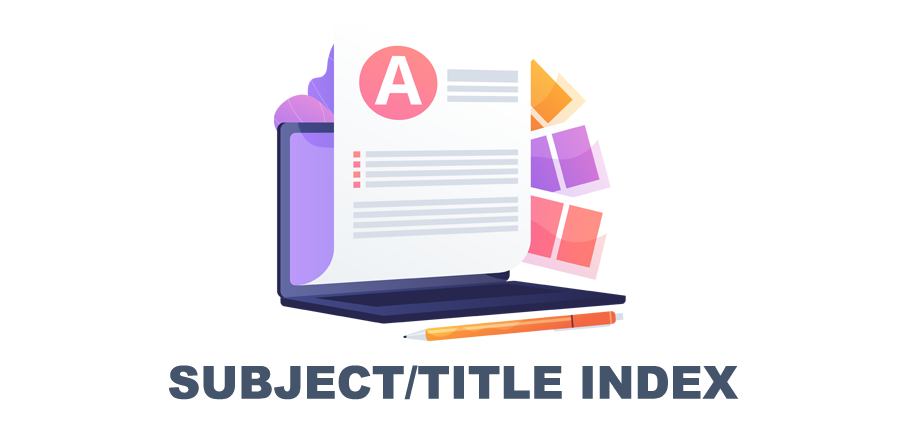| PEOPLE |
| Editorial Team |
| Reviewers |
| SUBMISSION |
| Focus and Scope |
| Author Guidelines |
| Plagiarism |
| Copyright and Licensing |
| Privacy Statement |
| MANUSCRIPT |
| EDITORIAL POLICY |
| Peer Review Process |
| Publication Ethics |
| Publication Frequency |
| Author Fees |
| CITATION ANALYSIS |
| Google Scholar |
| SINTA |
| TOOLS |
| CONTACT |
| BROWSE BY: |
| VISITORS |
|
|






